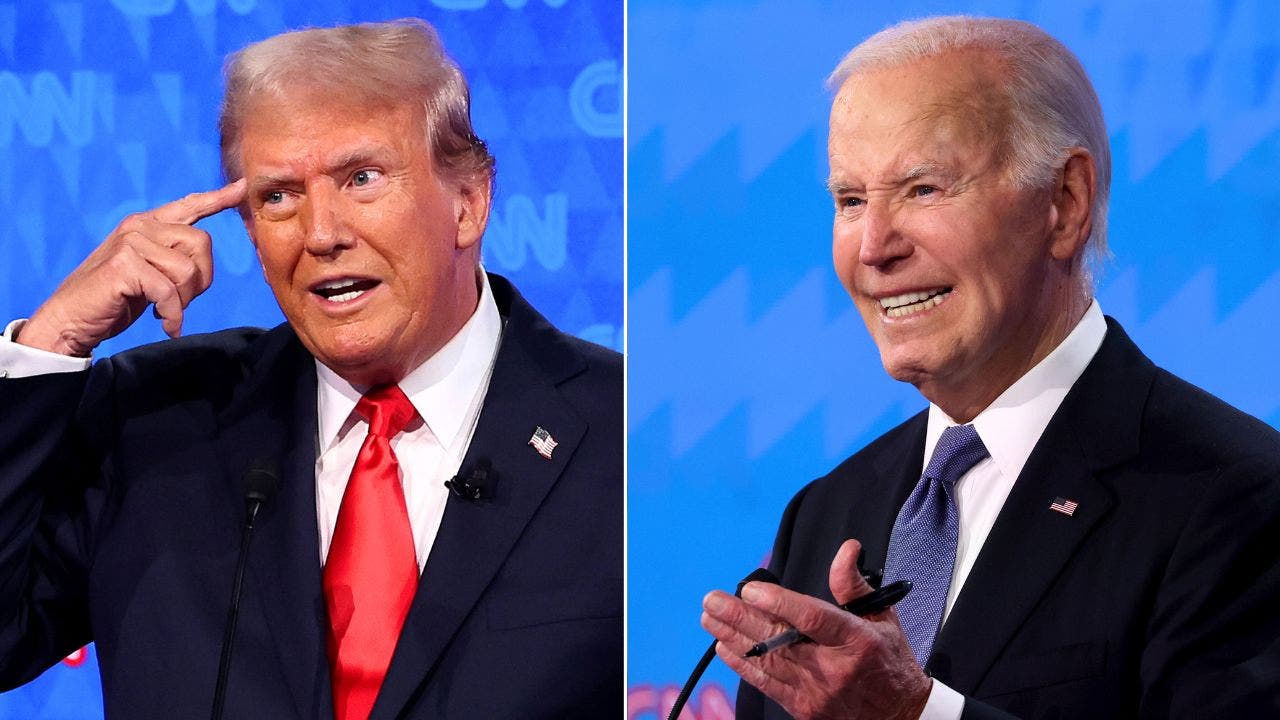Headed into last week’s state legislative special elections, Democrats were confident about a contest in Tulsa, Oklahoma. The state House race was in a district that Kamala Harris carried by 19 points, and the party’s candidate, Amanda Clinton, appeared well positioned to do at least as well.
The good news for Democrats was that their candidate prevailed. The better news for Democrats was the margin: Clinton won a 69-point landslide, easily surpassing expectations.
In elections and special elections throughout the country, results like these have become rather common lately. After last week’s special elections in multiple states, The Downballot reported, “Overall, in 29 special elections this year, Democratic candidates have run 16.4 points ahead of the 2024 presidential results on average.” G. Elliott Morris, the former director of data analytics at FiveThirtyEight, published a related analysis that pointed in the same direction.
In the aftermath of Election Day 2024, the conventional wisdom suggested not only that Republicans had entered an era of electoral dominance, but also that Democratic voters were demoralized, disheartened and prepared to withdraw from civic life for a long while. The more Democratic candidates overperform in 2025 elections, the more those assumptions unravel.
Of course, the election data isn’t the only relevant evidence. Take Saturday’s “No Kings” events, for example. As The Washington Post reported:
Americans turned out en masse in communities across the country Saturday, raucously pushing back on what they see as President Donald Trump’s widening authoritarianism, attacks on immigrants and deep cuts to scores of federal programs.
Predictably, Republicans scrambled to pretend the events were poorly attended. Sen. Bernie Moreno of Ohio, for example, published an online item pointing to what he claimed was a “lack of enthusiasm” for “No Kings” gatherings. Steven Cheung, the White House’s communications director, similarly claimed the progressive protests were “a complete and utter failure with minuscule attendance.”
GOP officials and operatives probably would’ve been better off coming up with more credible talking points, instead of asking Americans not to believe their own eyes. Indeed, Morris, the aforementioned data analyst, put together a rather detailed analysis and found that between 4 million and 6 million people turned out for “No Kings” events across the United States.
By any fair measure, the numbers were massive, not “miniscule.”
Indeed, around this time 16 years ago, there were so-called “Tea Party” gatherings, which generated considerable coverage and conversation, and which were seen as evidence of a burgeoning backlash against Barack Obama’s agenda. But at no point could Tea Partiers generate anything comparable to the kind of numbers Donald Trump’s critics generated on Saturday.
The broader significance deserves the political world’s attention: After Trump’s 2024 victory, Americans heard a lot of talk, not only about Republican dominance and “realignment” results that would keep the GOP in power for a long while, but also about the idea that the anti-Trump resistance was a spent force. The president’s opponents and other democracy advocates, the argument went, were finished. The political playing field belonged to an energized and invigorated right.
Between activism, election results and protest turnout, those assumptions about the prevailing political winds are due for a reassessment. The backlash to Trump is real.
This article was originally published on MSNBC.com














